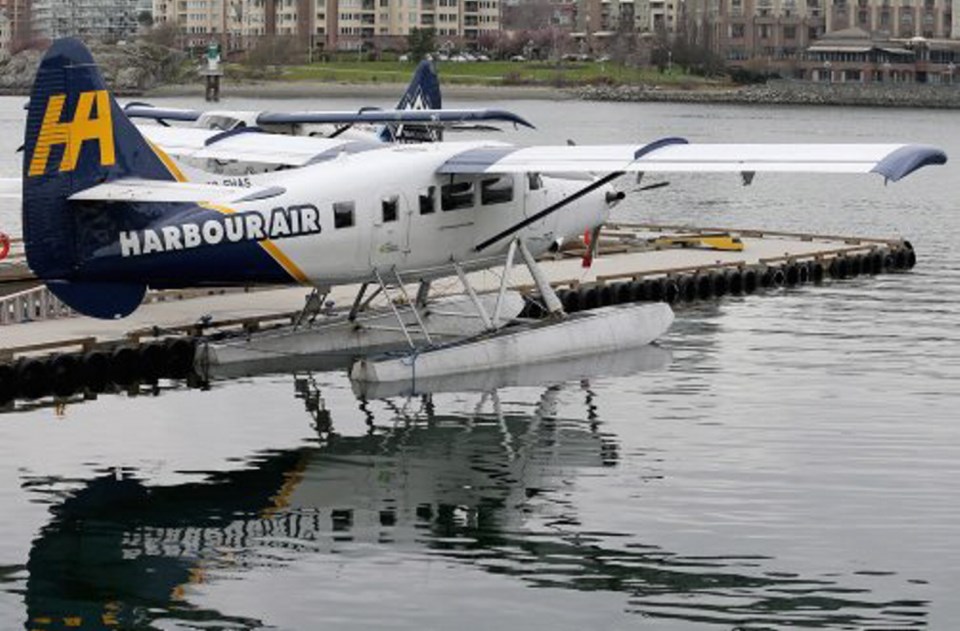A transition from seaplane to e-plane is set to begin.
Harbour Air is embarking on what is believed to be a world first, adding an electric plane to its fleet — a zero-emission aircraft powered by a 750-horsepower electric motor.
The company has 42 planes and 12 routes, and operates from centres such as Victoria, Vancouver and Seattle. It is North America’s largest seaplane airline, serving 500,000 passengers on 30,000 commercial flights every year.
“The intent is to eventually convert the whole fleet,” said Harbour Air founder and CEO Greg McDougall of the move to electric planes. “It would be a staged situation because the range of the [electric] aircraft presently, with the present battery capacity, would be around a half an hour with a half-an-hour reserve.
“But that’s changing very rapidly with the development of the battery technology.”
The first plane to be converted will be the six-passenger DHC-2 de Havilland Beaver, which is used throughout the Harbour Air network.
“The first one would be a prototype, which is basically proving the technology for Transport Canada and getting toward certification,” McDougall said.
Harbour Air is taking on the electric-plane venture with Washington state’s magniX — a company specializing in creating electric propulsion for air travel. The partners anticipate conducting the first flight tests in November.
McDougall said nobody has ever flown a fully electric commercial flight.
“If you think about it, it’s the evolution of transportation toward electric propulsion,” he said. “The internal combustion engine is all but obsolete, really, for future development.
“It’s all about electric.”
Harbour Air is looking to get all needed approvals in a timely way as it moves toward electric power, McDougall said.
“We don’t want to be trying to get through the regulatory process after it becomes more economically viable, we want to do it now.”
Price comparisons between standard and electric planes are difficult to make because Harbour Air is still in the research-and-development phase, he said.
“What we’re doing here is retrofitting new technology to older technology. The cost is very similar to us putting a turbine engine on the aircraft, but the big win there is that the electric motor doesn’t have to be rebuilt every 2,500 to 3,000 hours.
“It’s got very few moving parts and it doesn’t consume fossil fuel.”
Roei Ganzarski, magniX CEO, said that in 2018, 75 per cent of the world’s airline flights were about 1,600 kilometres or shorter, which is where Harbour Air fits in.
“With magniX’s new propulsion systems coupled with emerging battery capabilities, we see tremendous potential for electric aviation to transform this heavily trafficked ‘middle mile’ range,” he said in a statement.
He said his company’s partnership with Harbour Air “will set the standard for the future of commercial aviation operators.”




